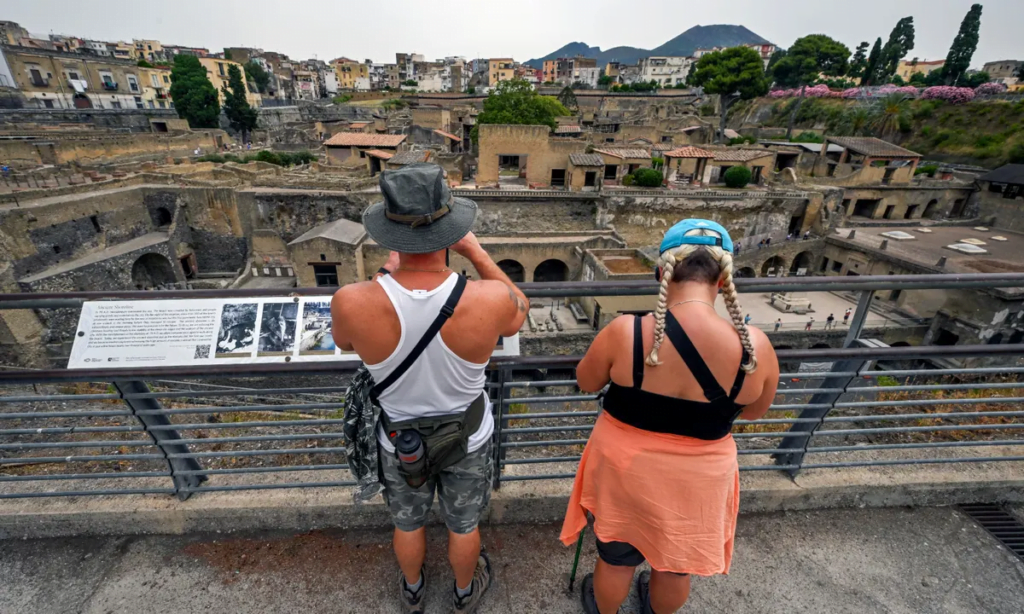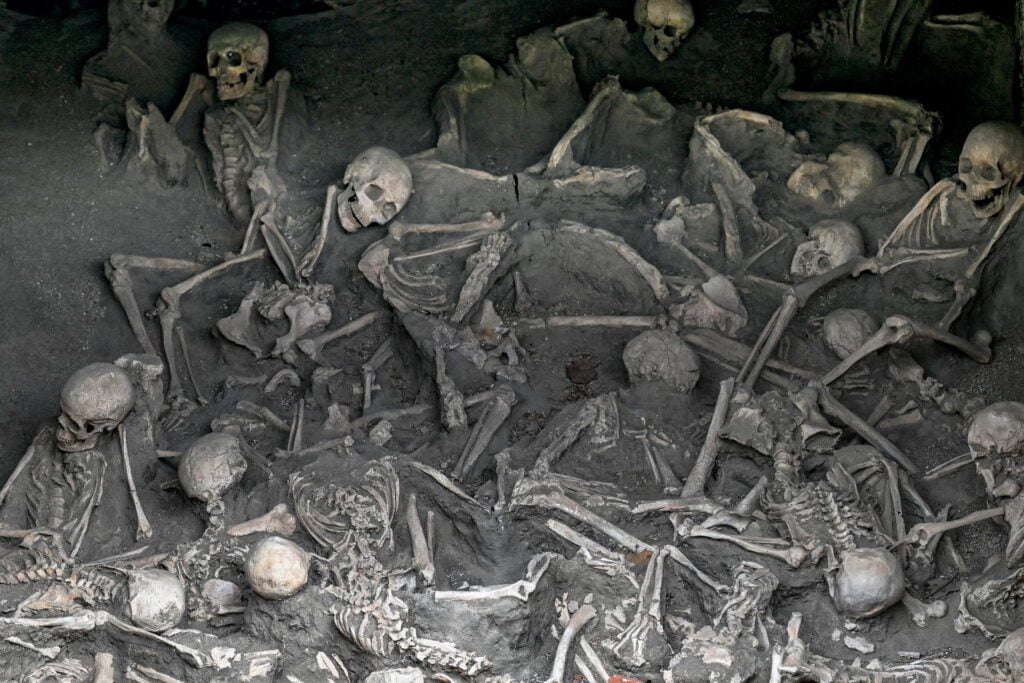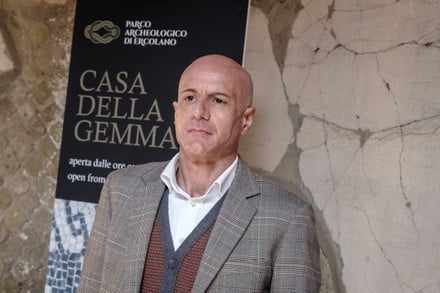A remarkable piece of ancient Roman beach in Herculaneum reopens to the public in Italy. Nearly 2,000 years after being buried by the catastrophic eruption of Mount Vesuvius, an ancient Roman beach in the city of Herculaneum has reopened following extensive conservation work.

The Eruption of Mount Vesuvius
In AD 79, the bustling city of Pompeii and the affluent resort town of Herculaneum were abruptly buried under a thick, three-meter blanket of volcanic ash and pumice. The violent eruption of Mount Vesuvius decimated these cities, with many inhabitants tragically crushed or trapped within their homes and temples. The following morning, a deadly cloud of hot gas and ash swept over the survivors, sealing their fate.
Reading Suggestion: Abu Dhabi New Licensing Rules for Influencers and Advertisers
Unearthing the Past
Centuries later, the horrific events of that fateful day have been painstakingly uncovered by archaeologists. The beach at the Herculaneum archaeological park, located by the Gulf of Naples in modern-day Campania, Italy, has been meticulously restored, offering visitors a glimpse into the life of the town before disaster struck.
Historical accounts suggest that over 300 people sought refuge at this beach, hoping for evacuation by the Roman naval commander Pliny the Elder. Excavations carried out during the 1980s and 90s revealed skeletal remains of these inhabitants, along with other evidence of the eruption’s impact. This site has now been reopened to the public after years of dedicated restoration work.

Insights from the Restoration
Francesco Sirano, director of the Herculaneum archaeological park, emphasized that the project was not just about restoration but also significant research.

“We carried out excavations and found remains and the passage of pyroclastic flows that hit the city in 79 AD with materials of all kinds,” Sirano explained.
This meticulous work has provided deeper insights into the tragic events that unfolded nearly two millennia ago.
The Discovery of the “Last Fugitive”
One of the most significant finds during the restoration was the discovery of the “last fugitive” in 2021. This 40-year-old man was found attempting to escape towards the sea, clutching precious objects, a poignant reminder of the human stories behind the historical tragedy.
A Hub of Archaeological Activity
Italian Minister of Culture Gennaro Sangiuliano highlighted the ongoing projects across Herculaneum, Pompeii, and Oplontis. “In the budget law we have refinanced the excavations and there are construction sites that are active like never before and are revealing new treasures, which fuel the activity of scholars,” Sangiuliano noted. He emphasized that the restoration of these archaeological areas will provide significant opportunities for socio-economic development.
Reading Suggestion: Game of Thrones Expands with New Prequel A Knight of the Seven Kingdoms
Frequently Asked Questions
Is there a beach at Herculaneum?
Yes, an ancient Roman beach at Herculaneum has been uncovered and restored, now open to the public after being buried for nearly 2,000 years by the eruption of Mount Vesuvius.
What is special about Herculaneum?
Herculaneum is special for its exceptionally well-preserved ruins, including buildings, mosaics, and organic materials like wood and food, offering a detailed glimpse into ancient Roman life.
Can tourists visit Herculaneum?
Yes, tourists can visit Herculaneum. The archaeological park is open to the public and provides an immersive experience of the ancient Roman town.
How many bodies were found in Herculaneum?
Approximately 300 bodies were found in Herculaneum, primarily along the ancient beach and in boat houses where people sought refuge during the eruption of Mount Vesuvius.
A Visit to Herculaneum
The reopening of the ancient beach at Herculaneum offers a unique opportunity for visitors to step back in time and experience the vibrant life of a Roman resort town frozen in the wake of a natural disaster. As the excavation and restoration efforts continue, we can expect even more fascinating discoveries to come to light, enriching our understanding of this pivotal moment in history.
For those eager to explore this extraordinary site, the Herculaneum archaeological park now stands as a testament to resilience and the enduring legacy of Roman civilization. Plan your visit and immerse yourself in the history that has shaped our world.

